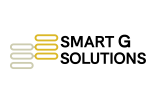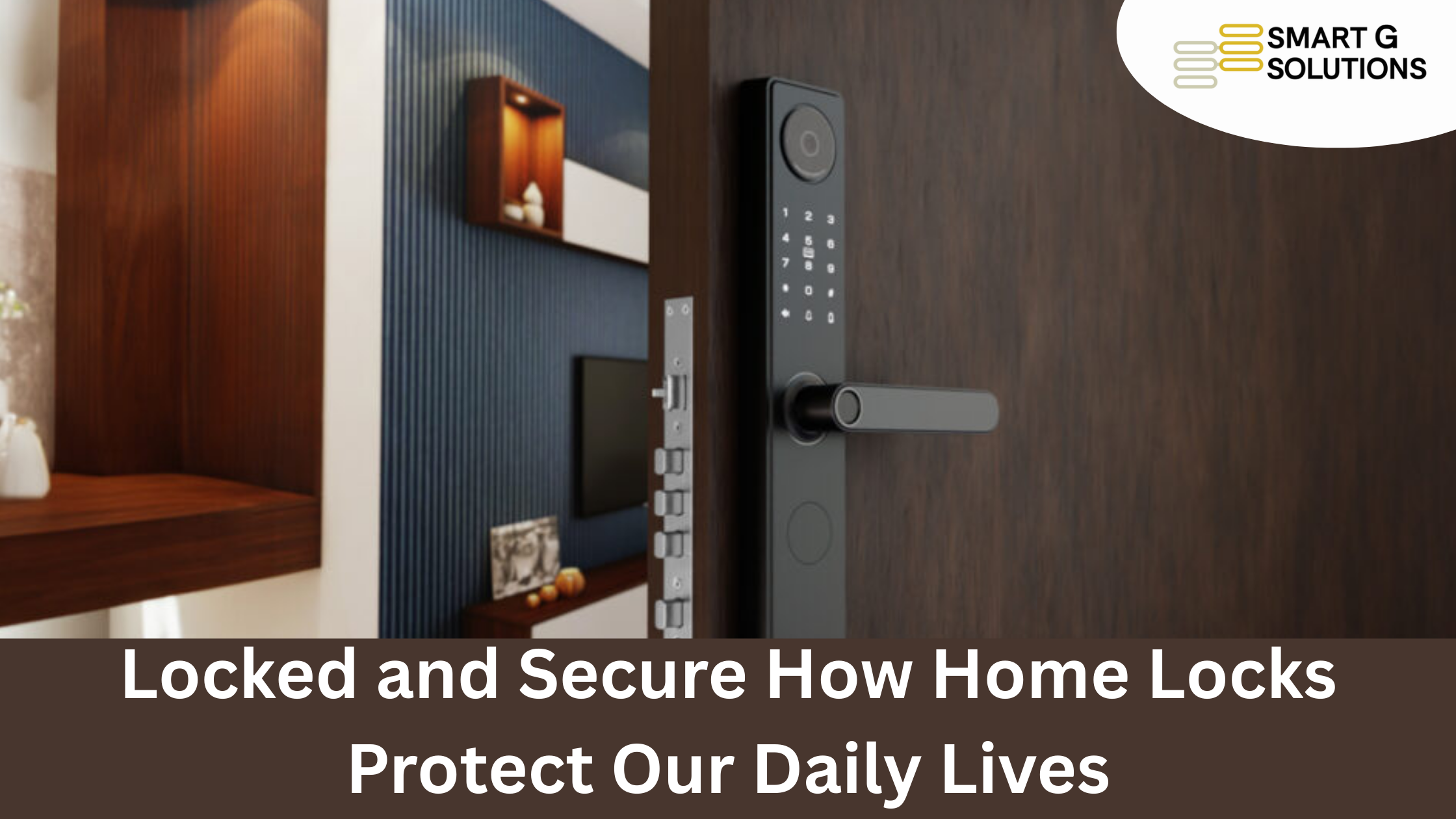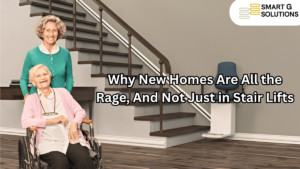Introduction
Living in an increasingly fast paced world, where cities continue to reach higher, and technology becomes ever more intertwined with everyday life, the idea of safety in our homes is of paramount importance. Surveillance cameras, smart security systems and alarms tend to get all of the attention, to be sure, but one of the most basic and most important features of home protection is your lock. Home locks are silent protectors that never sleep and protect your family, your home and your peace of mind. For such a simple concept, locks have so much power over our day-to-day lives, our moods, and even, at times, our social urges. Appreciating the role and relevance of house locks within our everyday lives also helps to shed light on how these unassuming mechanisms uphold safety in ways we are probably unaware of.
The Historical Significance of Locks
Since the days of the cavemen, locks date back in history for centuries. From the wooden pin and tumbler devices used to secure doors in ancient Egypt to the metallic contraptions found in modern buildings of the 18th century, locks have changed right alongside human history. Throughout history, the security they provided depended on social order. A good lock not only safeguarded belongings, but also represented trust, importance, and security. The heart of a lock remains the same today: It is a barrier that determines who may gain entry — and by doing so, gives us physical security and a little peace of mind.
Locks as a First Level of Security
The locks on our homes are the first line of defense between potential dangers and our domestic sanctuaries. They keep those uninvited out and deter criminals from doing a convenience stop, keeping our homes safe havens. A good, correctly-installed durable lock can make the difference between a little nuisance and a full-blown disaster. Modern times have seen the advent of electronic and biometric locks, but it´s the same old story of the locks existing to restrict access where it is not allowed. In a time of digital surveillance, the mechanics of the good old lock remain the cornerstone of home security.
Gates and Their Functions Types of Locks and Their Functions
Not all locks are created equal, and understanding their roles makes daily safety easier:
Deadbolt Locks: Deadbolt locks are considered to be the best type of lock for resistance against forced entry. They are frequently fitted to front doors as an additional reliable deterrent against intrusion.
Padlocks: Ideal if you need a combination lock that you can use to lock up your gate, shed, or storage unit and that provides a temporary but durable solution.
Electronic and Smart Locks: Blending technology with traditional locks, smart locks enable homeowners to operate them by remote, track lock use, and receive alerts if someone tries to jimmy in.
Mortise and Rim Locks: Often used in older homes, mortise and rim locks strengthen security by bolting directly through the door frame, shielding them from any forced entry attempts.
Households can use layered security systems between different types of locks, which can reduce the weak points and bring the peace of mind.
Daily Life Benefits Beyond Security
Despite the fact that locks exist to protect us, the way that locks and keys have fundamentally altered human life goes beyond just daily safety:
Good Peace of Mind – When people know that their doors are safe, they can let their guard down and can work or do what they want without constantly looking over their shoulder.
Personal Boundaries: The lock that separates a poop from all the rest is a barrier between the home owner and a stalker poop. This creates a feeling of independence, respect and peace of mind among family members.
Organization and Responsibility: Simple good habits such as keys or locks help in maintaining discipline. As children are given the responsibility of keys or access, it encourages a sense of care and consideration.
Emergency Preparedness: Locks also serve to be useful in emergencies. For example, they serve to safeguard lives – children might be kept out of harm’s way by them thus preventing potential disaster of handling dangerous chemicals and keeping people out during natural disasters.
Psychological and Social Implications
A sturdy lock can influence the human mind in subtle, yet profound ways. Locked doors are commonly linked with security, with control, with anxiety reduction, with mental health. Dwellers in the more secure communities, meanwhile, tend to trust one another more, because as a group they all manage to take measures that have the collective effect of reducing the probability of any one of them becoming a victim. Further, the locking and unlocking of doors creates a sense of regimen and routine which encourage structure and personal accountability in ones daily life.
Challenges and Considerations
For all their advantages, though, locks are not guarantee of security. Safety can be compromised by old mechanisms, bad installations, or lost keys. So, homeowners have to take time to assess the effectiveness of their locks, and make necessary upgrades. Technological innovations, ranging from smart locks with biometric access and remote monitoring offer an extra layer of security, but they also bring new problems, such as software-based weaknesses and reliance on electricity and internet. Combining traditional and modern locking technologies delivers all-round security as well as overcoming any possible restrictions.
Conclusion
Household locks are quiet and unobtrusive but in our everyday lives they are indespensable. They aren’t just dumb gadgets; they are security, private and peace of mind protectors. By offering the first line of defense against outside threats, nurturing psychological comfort and enabling responsible routines, locks quietly condition how we live. From traditional deadbolts, to smart locks and padlocks, quality locks are a simple and important way to protect family and belongings from harm. These silent protectors continue to stand strong in a world where dangers and fear can take on many forms – physical and emotional, and they work quietly to streets where our homes are still our sanctuaries, where families thrive, and peace is valued.





